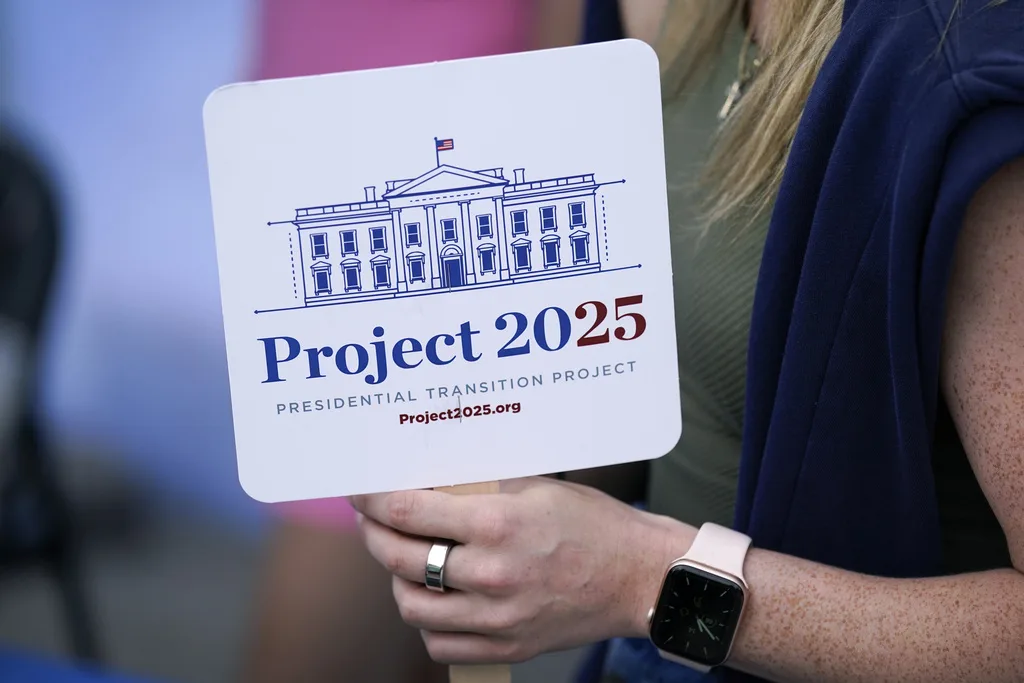
The new mooring cell will not only prevent the disruption of the riverbank ecosystem, but will also save time for lock exchanges, improve safety for tow operators, reduce fuel, and save money. (Photo by Starting Line Staff)
New federal funding is on its way to Iowa, where it will help protect local ecosystems.
Earlier this month, the Rock Island District in Pleasant Valley hosted a groundbreaking ceremony for a $2.3 million mooring cell to be built in the Mississippi River.
The cell will be located near Lock & Dam 14, south of Le Claire.
Mooring cells are sheet pile structures that are usually filled with pieces of earth, such as stone or concrete, and then are used to hold barges or other vessels in place. The 30-foot structure will allow vessel operators to tie off as they wait their turn through the lock system. This will save fuel from idling engines and thus prevent the disruption of riverbank ecosystems, according to the St. Joseph News-Press.
Since Iowa relies on its riverways to transport agricultural and manufactured goods, this project is projected to not only reduce wait times for operators, but also save time for lock exchanges, improve safety for tow operators, reduce fuel, save money, and decrease environmental impacts, as well, according to US Rep. Eric Sorensen, (D-Illinois), who spoke at the groundbreaking ceremony earlier this month.
This $2.3 million project is being funded by President Biden’s Bipartisan Infrastructure Law, which was passed in 2021. It’s specifically part of the US Army Corps of Engineers’ Navigation and Ecosystem Sustainability Program (NESP), and is the first project associated with the program to get under construction in the Quad-Cities, according to Ed Tibbetts.
The new cell “provides those navigating up and and down the river, whether it’s a huge tow or a small recreational boat, a place to tie up to to save fuel to remain safe while they’re waiting to lock through Lock 14,” Colonel Jesse T. Curry, commander and district engineer of the US Army Corps of Engineers, Rock Island, said during the groundbreaking ceremony.
Olivia Dorothy, restoration director at American Rivers, a nonprofit organization, said that the new cell will be located in an area where there are currently limited options for barges to tie off, which creates safety and environmental concerns.
Currently, if conditions are unsafe, say in the event of flooding or high winds, the tow could lose control of the barges, which could threaten human life and property, Dorothy said.
“Mooring along the banks at undesignated locations can damage riparian habitat and in some areas interfere with rail traffic,” she said. “The location of the mooring cell also facilitates lockage and reduces greenhouse gas emissions—you can compare it to having a convenient exit on the highway that gets you to your destination more directly.”
As Tibbetts notes in his column, the US Army Corps began studying the possibility of expanding the decades-old lock and dam system on the upper Mississippi River and Illinois Waterway way back in 1990. The study took years to complete, but ultimately, the Corps published a report identifying improvements to not just the navigation system, but the river’s ecosystem, as well. Then, in 2007, Congress passed a water resources bill that allotted about $4 billion to projects, including several lock expansions.
Until the 2021 passage of the Bipartisan Infrastructure Bill, no major projects had taken place in the area, however. The only Republican in Iowa who voted for the infrastructure bill was Sen. Chuck Grassley.
According to the Quad-City Times, two more mooring cells will be built in the area in the coming years, including one in Davenport.
Editor’s note: This story has been updated to include a statement from Olivia Dorothy.
Politics

Biden marks Earth Day by announcing $7 billion in solar grants
The Biden administration on Monday announced the recipients of its Solar For All Program, a $7 billion climate program that aims to lower energy...

6 terrifying things that could happen if the Comstock Act is used to target abortion
Does 1873 sound like a really, really long time ago? Well, that’s because it is—but if Republicans and far-right anti-abortion activists have their...
Local News

No more Kum & Go? New owner Maverik of Utah retiring famous brand
Will Kum & Go have come and gone by next year? One new report claims that's the plan by the store's new owners. The Iowa-based convenience store...

Here’s a recap of the biggest headlines Iowa celebs made In 2023
For these famous Iowans, 2023 was a year of controversy, career highlights, and full-circle moments. Here’s how 2023 went for the following Iowans:...





